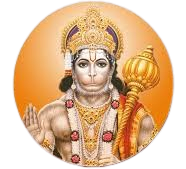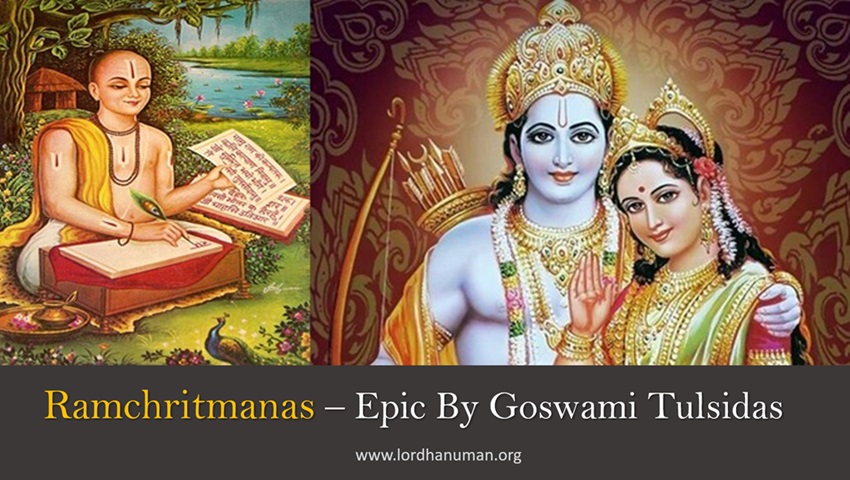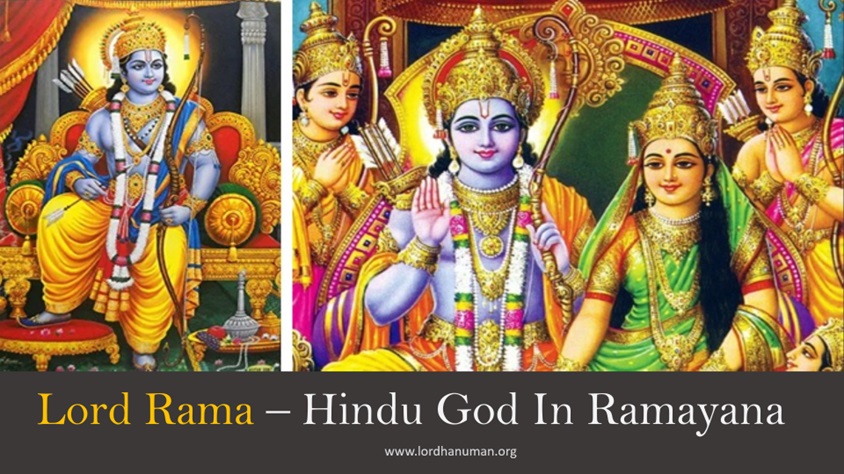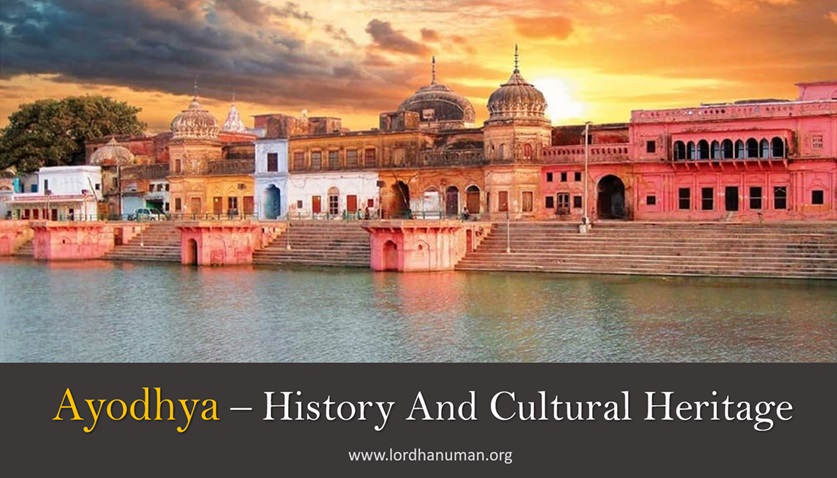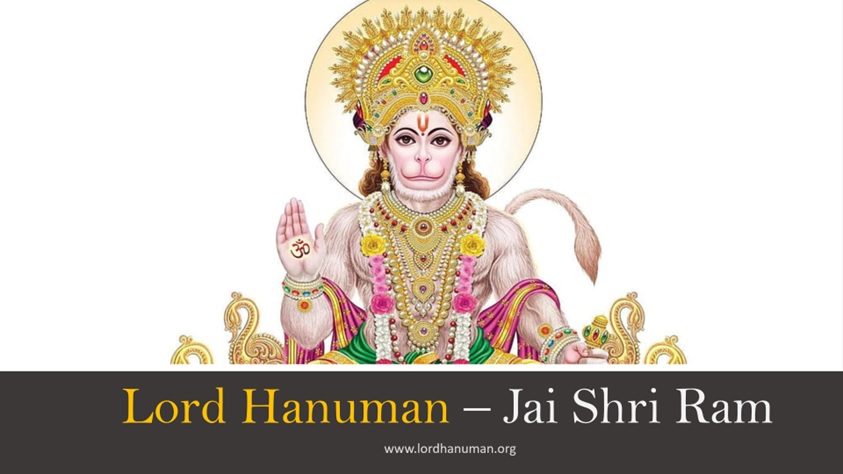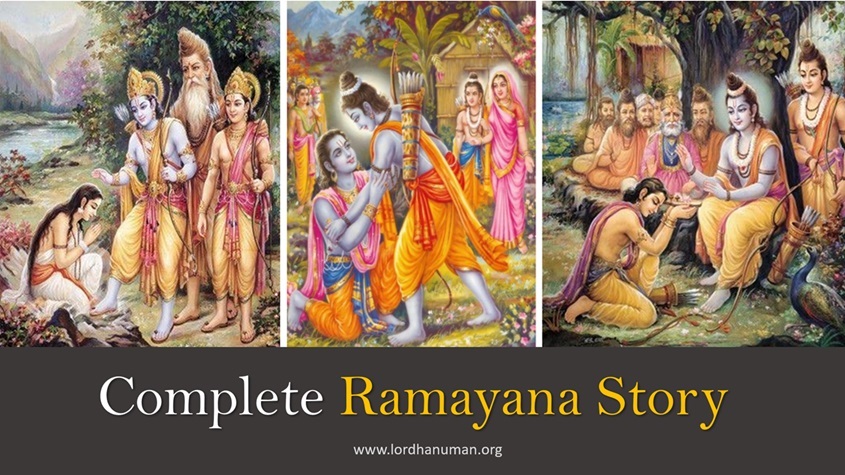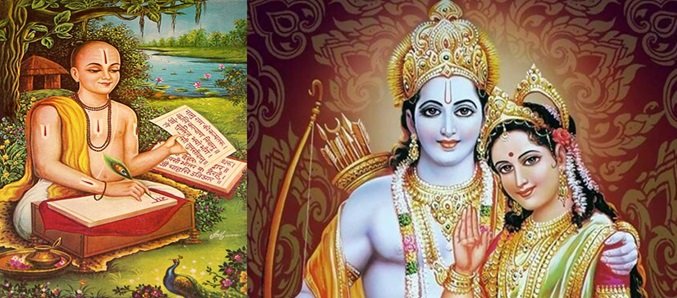
Ramcharitmanas
रामचरितमानस
Ramcharitmanas, a Masterpiece Composed by the Revered Poet-Saint Goswami Tulsidas. Written in Awadhi, He Narrates the Ramayana Story.
Ramcharitmanas, a masterpiece composed by the revered poet-saint Goswami Tulsidas, stands as a cornerstone in the world of Hindu literature and devotion. This magnum opus, written in the 16th century in Awadhi, intricately weaves the narrative of Lord Rama‘s life, his divine attributes, and the timeless values of dharma (righteousness) and devotion.
Ramcharitmanas, a monumental literary and spiritual work, was composed by the revered Hindu saint-poet Goswami Tulsidas in the 16th century. Written in the vernacular language of Awadhi, it is a retelling of the Ramayana, the ancient Sanskrit epic, making the divine narrative accessible to the masses.
Epic Ramcharitmanas Narrates Ramayana Story
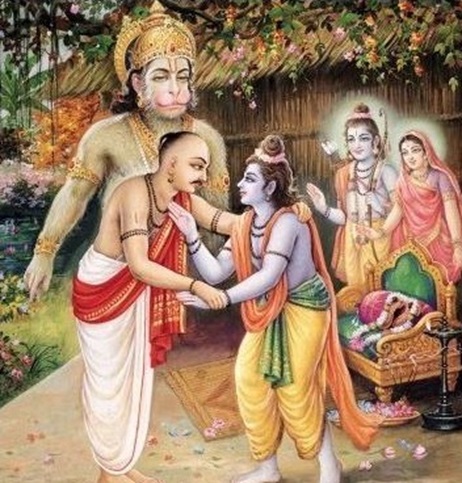
The name “Ramcharitmanas” translates to “The Lake of the Deeds of Rama,” symbolizing the repository of Lord Rama’s virtuous actions. This magnum opus is organized into seven books, or Kandas, intricately weaving the life, virtues, and exploits of Lord Rama.
The narrative begins with the birth of Rama and unfolds through his childhood, marriage to Sita, exile to the forest, the abduction of Sita by Ravana, the search for Sita, the epic battle with Ravana, and Rama’s triumphant return to Ayodhya.
Ramcharitmanas Consists of Approximately 12,000 Verses Organized into Seven Kandas
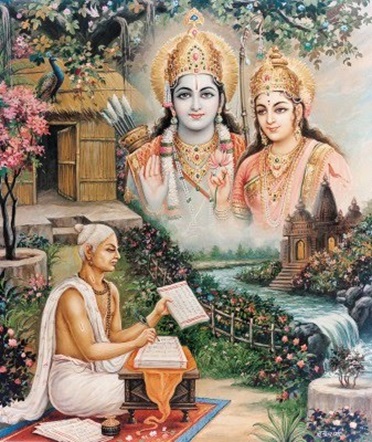
Ramcharitmanas transcends its literary significance, serving as a source of spiritual guidance, ethical teachings, and devotion to Lord Rama. Tulsidas, in his devotional fervor, beautifully combines poetic brilliance with profound philosophical insights, imparting timeless lessons on dharma, bhakti (devotion), and the pursuit of righteousness.
This sacred text continues to inspire millions, fostering a deep connection with the divine and exemplifying the enduring cultural and spiritual richness of the Hindu and Sanatana Dharma tradition.
Historical Context
Tulsidas, a devout devotee of Lord Rama, composed the Ramcharitmanas in the city of Varanasi during the reign of Emperor Akbar. Filled with divine inspiration, Tulsidas sought to bring the story of Lord Rama to the common man, as Sanskrit epics like the Ramayana were often confined to scholars and the elite.
रामचरितमानस
Structure And Composition
The Ramcharitmanas is divided into seven books, known as Kandas, each representing a specific phase of Lord Rama’s life. These include Bal Kand, Ayodhya Kand, Aranya Kand, Kishkindha Kand, Sundara Kand, Lanka Kand, and Uttar Kand. The poetic verses are arranged in Chaupai (quatrains) and Dohas (couplets), making the narrative melodious and easily memorizable.
Seven Kandas Of Ramcharitmanas
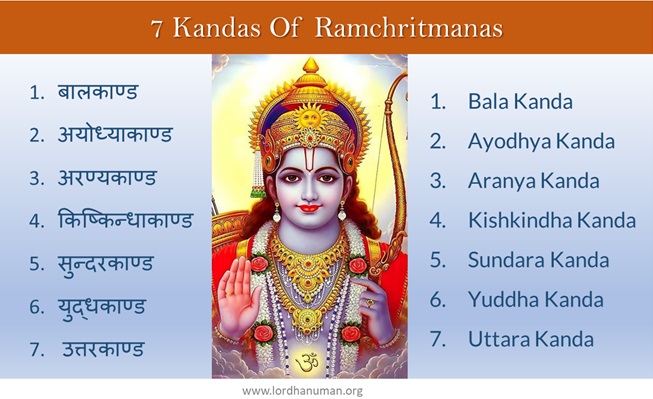
- Bal Kand: Chronicles the birth and childhood of Lord Rama, highlighting his divine qualities and early adventures.
- Ayodhya Kand: Describes Rama’s marriage to Sita, his exile, and the plotting of his stepmother Kaikeyi.
- Aranya Kand: Portrays Rama’s life in exile, Sita’s abduction by Ravana, and the alliance with Hanuman and Sugriva.
- Kishkindha Kand: Narrates the search for Sita, the forging of alliances with the Hanuman and Vanarsena, and the killing of Vali by Rama.
- Sundara Kand: Focuses on Hanuman’s journey to Lanka, his meeting with Sita, and the burning of Lanka with his fiery tail.
- Lanka Kand: Details the war between Rama and Ravana, including the epic battle and the rescue of Sita.
- Uttar Kand: Concludes the narrative, depicting Rama’s return to Ayodhya, the agnipariksha (trial by fire) of Sita, and the establishment of the Ram Rajya.
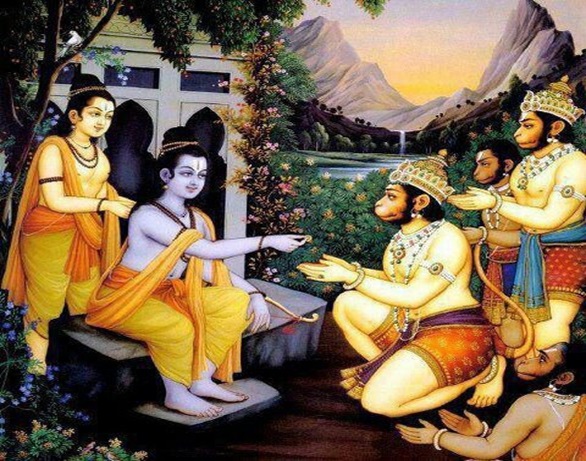
रामचरितमानस
Hanuman Darshan To Tulsidas
The meeting between Hanuman and Tulsidas, a revered episode in Hindu mythology, is a captivating tale that reflects the deep devotion and divine connection between the two. According to the legends surrounding Tulsidas’ life, this incident occurred in the sacred city of Varanasi.
Goswami Tulsidas, a devoted poet-saint and the author of the Ramcharitmanas, was distressed and felt a lack of divine connection. In his quest for a personal encounter with Lord Rama, Tulsidas fervently prayed and performed rigorous penances on the banks of the Ganges.
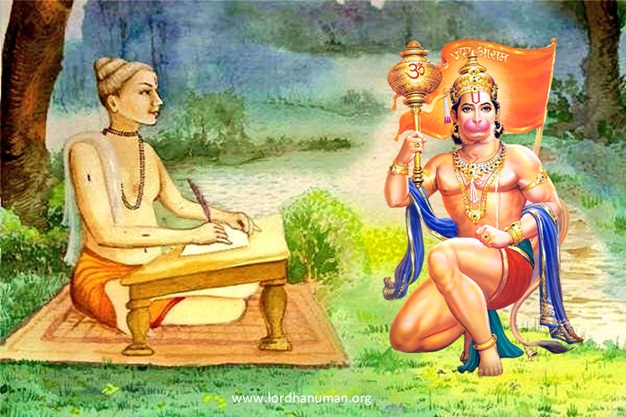
In response to Tulsidas’ unwavering devotion, Lord Hanuman, the ardent devotee of Lord Rama, decided to grace Tulsidas with his divine presence. Disguised as an elderly Brahmin, Hanuman approached Tulsidas. However, Tulsidas, in his innocence, was persistent in his desire for a direct vision of Lord Rama.
Understanding Tulsidas’ pure and sincere devotion, Hanuman revealed his true form, displaying his divine magnificence. Overwhelmed with joy and reverence, Tulsidas fell at Hanuman’s feet. Hanuman, recognizing Tulsidas’ devotion and commitment to Lord Rama, assured him of Rama’s constant presence and divine blessings in his life.
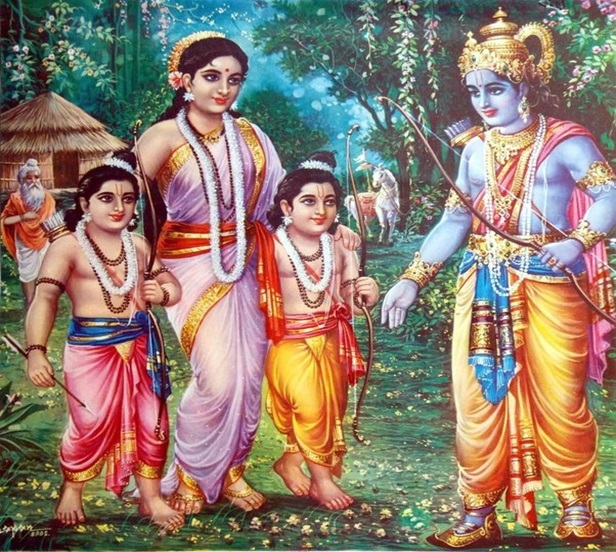
This divine encounter not only strengthened Tulsidas’ faith but also became a source of inspiration for devotees, emphasizing the importance of unwavering devotion and the accessibility of the divine to those with a pure heart. The meeting between Hanuman and Tulsidas remains a cherished episode in Hindu mythology, symbolizing the profound connection between the devotee and the divine.
Ramcharitmanas Legacy
For devotees, reciting or listening to the Ramcharitmanas is not merely a literary exercise but a spiritual journey. The verses evoke a profound connection with the divine, fostering an atmosphere of devotion, humility, and inner transformation.
Ramcharitmanas, with its timeless narrative and devotional fervor, remains an enduring gem in the tapestry of Hindu literature. Tulsidas’ masterpiece continues to inspire generations, transcending geographical boundaries and linguistic diversities. Its impact extends beyond the literary realm, shaping cultural, religious, and philosophical landscapes, and reaffirming the eternal relevance of Lord Rama’s divine saga in the hearts of millions.
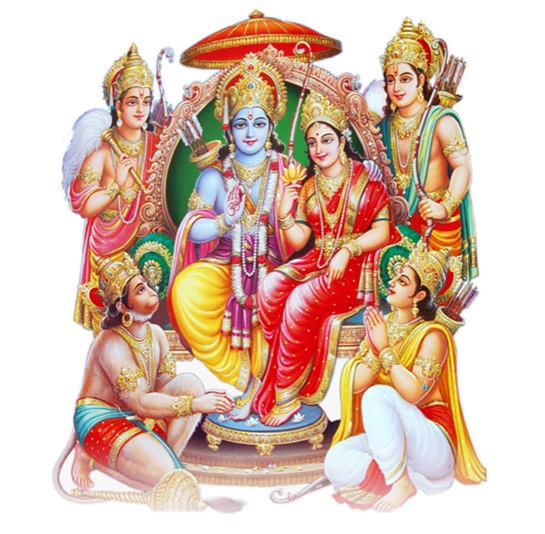
Difference Between Ramayana And Ramcharitmanas
Ramayana and Ramcharitmanas are two distinct yet interconnected literary masterpieces that narrate the life and exploits of Lord Rama, a revered figure in Hindu mythology.
Ramayana
Attributed to the sage Valmiki, Ramayana is an ancient Sanskrit epic and one of the oldest religious texts in the world. Composed in classical Sanskrit, it consists of nearly 24,000 verses divided into seven books or Kandas.
The narrative unfolds the life of Lord Rama, his wife Sita, his loyal companion Hanuman, and the battle against the demon king Ravana. Ramayana is not just a religious scripture but a profound exploration of dharma (righteousness), duty, and the human experience. It has had a profound impact on various cultures and has been retold in various languages and artistic forms.
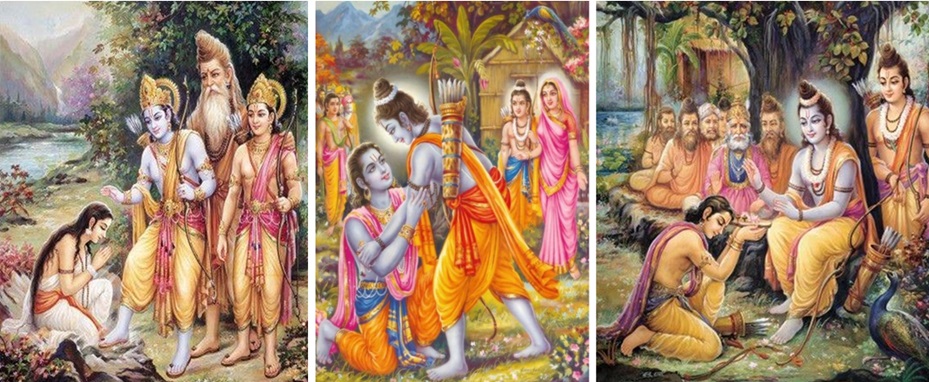
Ramcharitmanas
Authored by the medieval saint-poet Goswami Tulsidas in the 16th century, Ramcharitmanas is an Awadhi adaptation of the Ramayana. Written in vernacular Awadhi, it was intended to make the story of Lord Rama accessible to the common people.
Ramcharitmanas consists of approximately 12,000 verses organized into seven Kandas, mirroring the structure of Valmiki’s Ramayana. While the narrative closely follows the original, Tulsidas infuses his devotional fervor and cultural nuances, emphasizing the importance of bhakti (devotion) to Lord Rama.
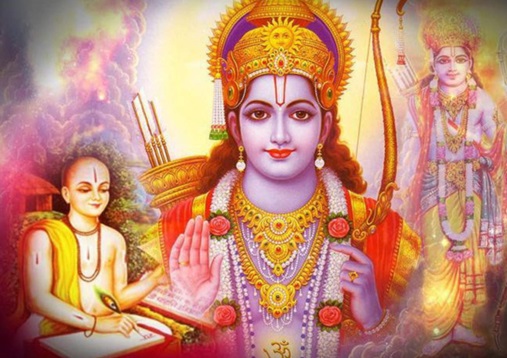
In summary, Ramayana is the ancient Sanskrit epic attributed to Valmiki, while Ramcharitmanas is a medieval Awadhi adaptation by Tulsidas, both sharing the timeless story of Lord Rama but presented in different linguistic and cultural contexts.
